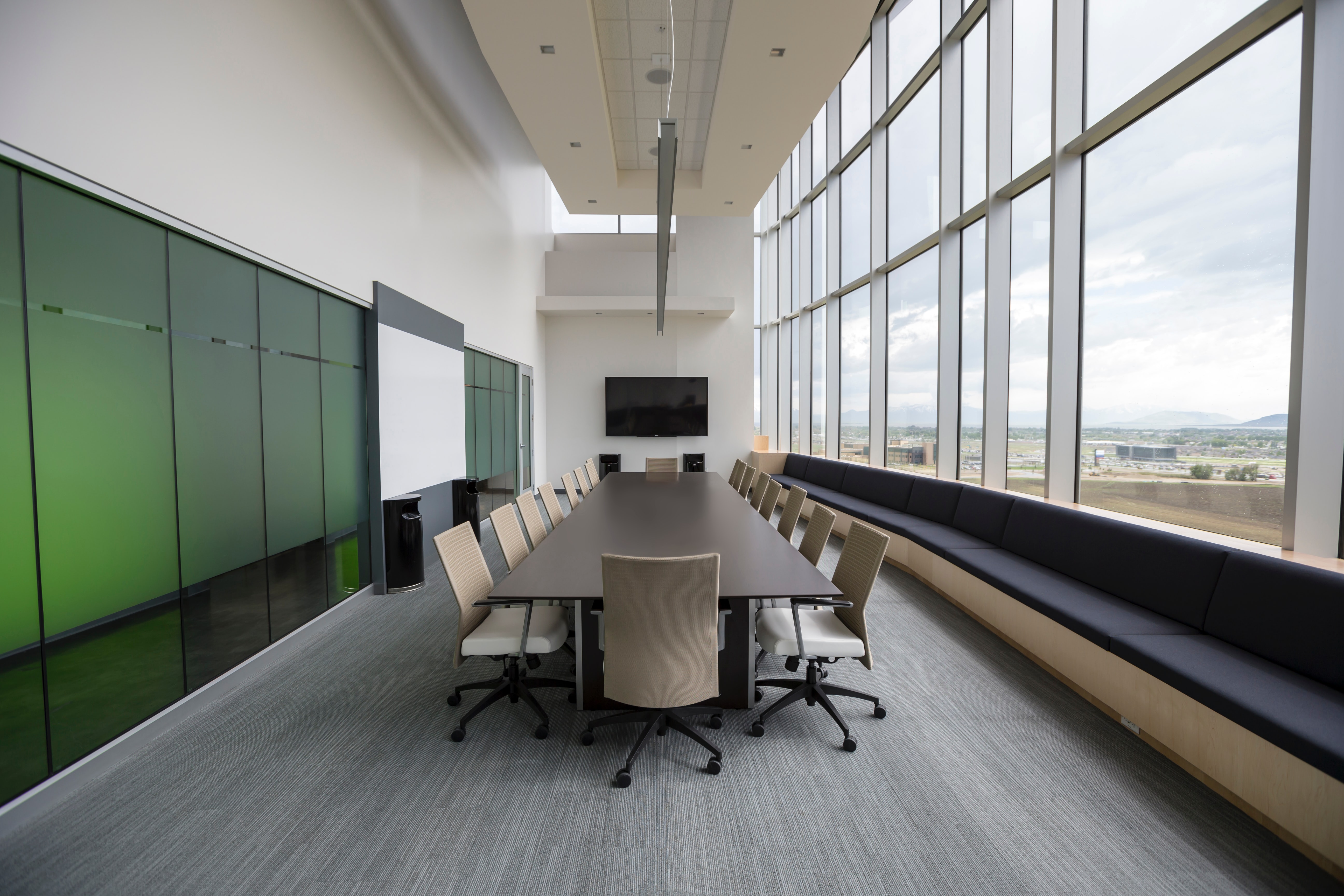What makes a business successful?
There are many things that can make a business successful, like good business practices, hard-working employees, effective marketing strategies, and so on.
Although there are many factors that contribute to the success of a business, there is one element that is needed in each and every department — communication.
Without it, ideas can’t be shared, employees can’t be informed of their performance, strategies can’t be established, professional relationships can’t be formed, etc.
A good environment that nurtures work relationships and enables healthy communctions lines can be found in meeting or conference rooms.
But sharing ideas and coming up with business strategies is not always easy. Meetings can get long and sinuous, and without the right stimuli, you will eventually lose people’s attention, turning the meeting into a failure.
So what can make meetings more dynamic? The answer is an AV system. There are so many benefits to AV systems, but before we get to them, what comes with an AV system?
The Components of an AV System
Depending on the location, an AV (audiovideo) system can have numerous components. These components can be part of the audio category, the visual category, or they can be auxiliary.
Some of the most common elements that are part of an AV system are:
- LED panels and video displays
- Projectors
- Video and audio recorders
- Video walls
- Audio enhancers (speakers, microphones, etc)
- Podiums
- Control systems
Of course, not all of these elements are needed in a meeting room. For example, if your meeting room holds a capacity of 10 to 20 people, you will probably not need a podium, big speakers, or a complex control system.
So then, what are the most common AV elements that you can find in a meeting room?
LED Screens, Panels, or Walls
Let’s say you have to participate at two meetings — in one of them, you have a speaker with no visual aid, but in the other, besides the speaker, you also have an LED display that’s showing a presentation.
There is a pretty good chance that you will be able to retain more information from the second meeting, where you had visual stimuli. The reason behind this is because more than 65% of the population are visual learners, which means that visual stimuli are essential for successful presentations in the modern world.
This is why meeting rooms need LED displays (or projectors, in case LED screens are not accessible), to keep your audience engaged and present.
Microphones and Speakers
Once again, the size of the meeting room matters. If the meeting room can fit a small number of people, then a microphone that is meant to amplify sound is not necessary. But if you have a larger conference room that accommodates a sizable audience, then purchasing a microphone would be in your best interest.
You don’t need microphones to get speakers though. Sometimes, a presentation might come not only with visual stimulation but also with audio information. Although one might think that the speakers from a laptop are sufficient, that is not always true. If you want the quality of the audio to be good, then you will need to invest in the right speakers.
Presentation Devices and Connected Devices
There are other devices that can be needed during a meeting. For example, to make your meeting more interactive, you can have a whiteboard or a video wall that has a touch screen. This way, you can note down ideas or draw schematics and diagrams next to your presentation and get your point across.
Not only that, but the meeting room can come with additional devices, such as smartphones, computers, and laptops, which can be connected to the Internet. These devices can be used by participants to interact with the speaker and make the meeting more productive.
Cameras
In case your meeting has online participants, you will also need a camera that shows the meeting room and all the participants, on top of an LED screen that will show you the participants who are not physically present
Besides a camera, you should also have headsets with microphones or other devices that can pick up sound and transmit it to your online audience.
Benefits of an AV System in a Conference Room
AV systems have many benefits in general, but especially in a work environment, the advantages are the following:
Makes Meetings More Interactive
With an AV system, speakers can bring all kinds of materials to the meeting and include everyone in their presentation. That way, ideas can travel freely around the room and there are fewer chances for the audience to lose interest during the meeting.
2. Facilitates Learning Processes
In general, adults can concentrate on tasks for approximately 20 minutes, after which they start losing their concentration. This means that you have to act fast if you want your audience to actually learn something during your meeting.
With both visual and audio stimuli, AV systems trigger both visual and auditory learners, making the retention of vital information easier and faster.
Facilitates Long-Distance Communication
Maybe you have international guests or maybe you just have employees working from home. Either way, you need to include them in your meetings.
Rather than having international guests or employees fly over to your location, or have to keep rescheduling your meetings, you can use an AV system. That way, no matter the distance, everyone can participate in your meeting.
Bottom Line
A meeting room needs an AV system, or at least a few AV elements. And one of those must-have features is LED screens.
If you want to have quality LED screens or LED panels in your conference rooms, then you should access our website and let us help you decide which LED screen is perfect for your meeting rooms.


